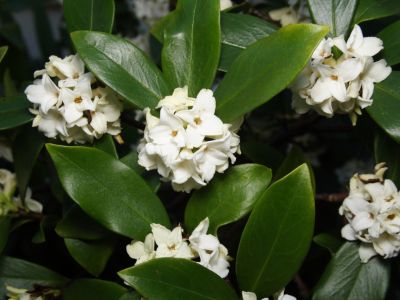About Daphne Plants
Growing winter daphne sports fragrant blossoms in late winter for those gardeners who’ve learned how to get winter daphnes to bloom. The right care for winter daphne encourages the fragrant blooms, as does growing winter daphne in the right spot. Botanically called Daphne odora, pink buds emerge in February to March, becoming clusters of fragrant, tubular blooms. The shrub reaches no more than 4 feet (1 m.) in height and usually grows to just 3 feet (1 m.) high and the same in width. Lightly branched, the form of growing winter daphne is open and airy. Foliage is shiny green, simple, and attractive. The cultivar ‘Marginata’ has yellow bands around the glossy leaves.
Growing Winter Daphne
Daphne plant care involves growing daphne plants in well-draining soils. Root rots associated with soggy and poorly draining soil are often the end of daphne plants. In addition, plant daphne in slightly elevated soil beds amended with organic, humus-type materials such as coarse bark. Locate in an area that gets morning sun and afternoon shade or in an area of dappled shade. Getting this step in daphne plant care right is the first step in how to get winter daphnes to bloom. Deep cuts from pruning are another detriment to the healthy growth of daphne plants. Prune daphne lightly and only as needed. Care for winter daphne will include removing long branches at a node, without cutting into the main stem of the plant. Infrequent watering is a part of daphne plant care, especially during hot, dry summer days. Beware of overwatering. Finally, fertilize the daphne plant with a balanced fertilizer designed for shrubs when blooms are finished. Take special care of your fragrant daphne for winter blooms when the rest of the landscape is sleeping and for the enticing fragrance this plant provides.
